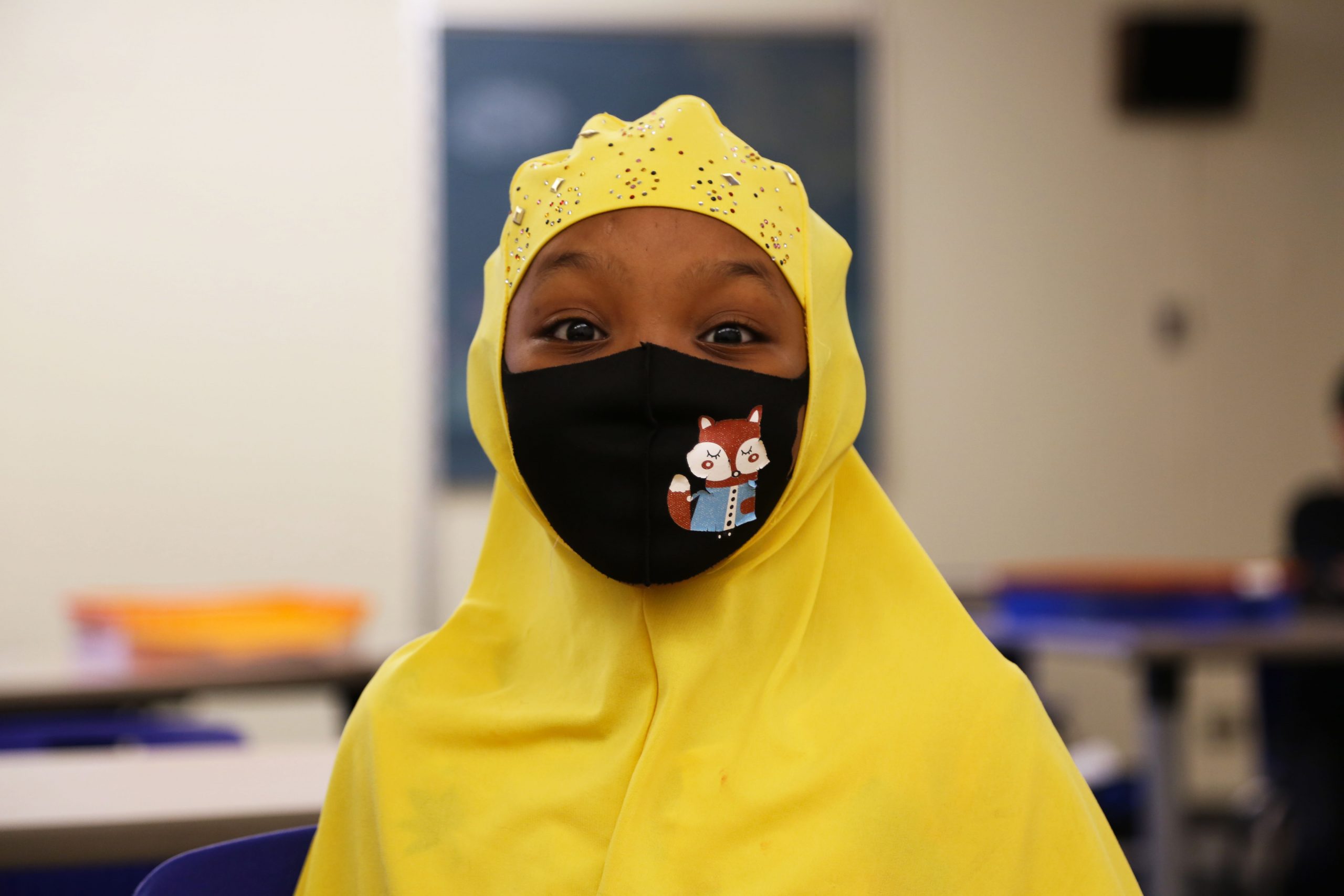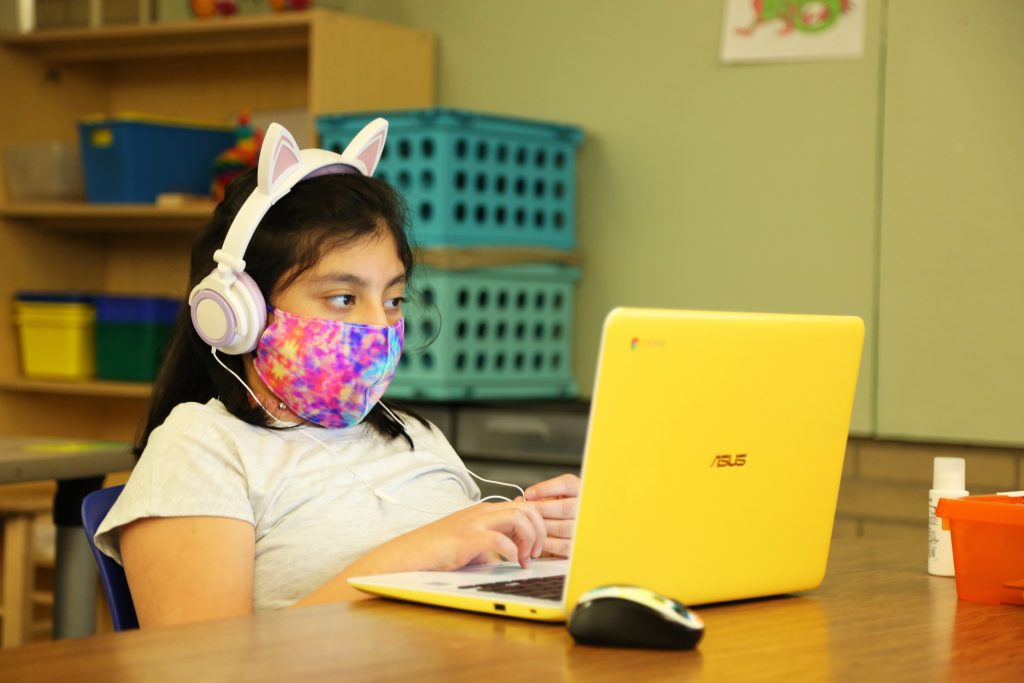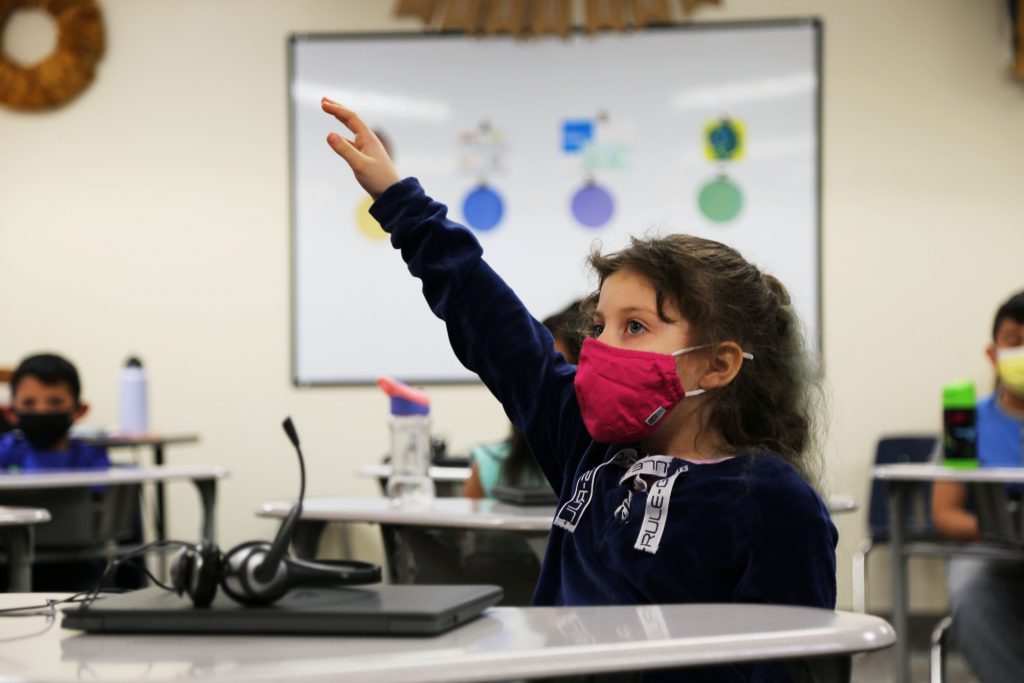
Making sure all students had access to grade-level content, keeping students safe and healthy, and making sure students and staff had access to social and behavioral supports — those were all essential expectations that Aurora Public Schools promised to families at the beginning of the 2020-2021 school year.
The district largely met those basic expectations. But the challenges it faced during the pandemic were overwhelming, and some other goals fell short.
For example, preliminary data show that a year filled with disruptions has left Aurora students about a year behind standards in reading and writing.
“In math, we lost about four years of improvement (from where the district expected to be as compared to where students were),” he said.
The report says that even though students didn’t grow as much as expected, as the year progressed, more students began reaching their grade level in reading and math.
“We cannot paint a rosy picture about that,” Superintendent Rico Munn said at a special board meeting Monday night on the lessons learned from the pandemic. “We can’t pretend otherwise. There are clear challenges that have been created by the pandemic.”
The district Monday night released a 10-page “Lessons Learned” document, one of the frankest assessments of any major Colorado district’s pandemic performance so far.
The district said it is critical to analyze all the data collected during the abrupt change to remote learning and use it to guide recovery.
In his presentation to the school board, Munn said the district excelled in some areas, like prioritizing students in need of support, continuing to evaluate students’ academic growth throughout the year, partnering with community organizations to meet families’ basic needs, and keeping students and staff safe.
“We were determined this year that this was not going to be a year that we just held on and survived. That was not who we were and that's not who our kids needed us to be,” he said. “This was going to be a year that we had to deliver for our kids and be held accountable for that delivery.”

Lesson learned: Equity is key
Nearly every data point shows that the pandemic exacerbated inequities, especially for families who were already struggling financially. One of the top lessons learned over the last year, Munn said, is that equity must be at the center of schools’ plans.
“We had to think differently about how we approach this community because of the number of people living on the edge,” he said. “If we are to truly have equity [going forward], that may require that adults do things differently for kids.”
Working with community partners to meet some of the basic needs of struggling families will continue to be a priority. The district distributed 7.7 million meals during the pandemic. Roughly 7 to 8 percent of them were for adults.
“We became, I believe, the number one provider of food in this community over the last 15-16 months,” he said.
The number of students who were severely chronically absent (meaning they were absent more than 20 percent of the time, or about one day per week) increased dramatically, disproportionately impacting students of color.
For example, 27 percent of Hispanic students were severely chronically absent, 23 percent of Black students, and 48 percent of Native Hawaiian students. On Fridays, when students learned asynchronously, attendance dropped even more.
Lesson learned: How students learned
On the positive side, the district transitioned to virtual learning much more rapidly than anyone expected. Within two weeks, APS distributed more than 27,000 laptops and tablets. It said staff and students struggled to adapt initially, but staff got trained on the technology over the summer.
Still, students and staff struggled in hybrid learning, where some students learned in person while others learned remotely.
“Although APS worked to build up support for hybrid teaching and learning, it was not sufficient and did not happen as quickly as was needed,” the report said.
All schools shifted between remote, hybrid and in-person learning multiple times throughout the year, transitions that were “disruptive and difficult to navigate.”
High schools implemented a college block schedule for the first time, with two three-hour courses that ran for about 20 days each. That helped keep students separated into groups required by health and safety guidelines. But the block schedule didn’t work, as it “was extremely difficult for many students and staff who struggled with both the length of classes and pacing.”
Though the district created a system of classroom monitors to provide additional staffing when school staff were quarantined, it was still not enough. Schools nationwide struggled with a shortage of substitute teachers. And though students could go to safe community learning sites after school, parents were frustrated there was no transportation provided for students, the report said.
Not all of the transition’s consequences were negative, though. Most students did report they’ve become stronger at working independently. Munn also said there will be many opportunities to utilize the higher technological literacy among staff to engage students in new ways, “be it for remote field trips or for absences or extended illnesses or for any number of things that are going forward.”

Lesson learned: Direct communication is best
The district found health updates that came directly from the Tri-County Health Department were most effective. If information was passed on to families by district officials, it was “frequently met with mistrust or misunderstanding.” The district will consider setting up structures to get regular feedback from students, parents, and staff.
APS recently became one of the top 15 districts in the nation in its use of Talking Points, a multilingual text messaging system for teachers, families, and schools. During the pandemic, APS used the platform to send more than 1.4 million messages. The district recognized the role parents played in holding students accountable for logging in and engaging, and said in its report that it hopes to tap and empower more families to help with in-home learning in the future.
Though 90 percent of students said in surveys that their teachers really cared about them, many said block scheduling prevented them from being able to develop relationships with teachers or peers.
More than half of families identified that students needed more support staying focused and engaged.
The district wants to encourage more informal interactions between school staff and students, with hopes of connecting learning to what students want to work toward in the future.
Lesson learned: Students’ basic needs matter
After seeing a 150 percent rise in demand for behavioral health services at school-based clinics this past year, the district says supporting students’ social-emotional and mental health needs must become a higher priority moving forward.
Student surveys showed they reported feeling happier and calmer when they returned to in-person learning.
Staff also reported feelings of high stress, anxiety and isolation. The district partnered with Meru Health to give staff access to 10-weeks of digital mental health services. About 700 workers signed up for the service.
The district says it wants to continue supporting staff and student mental health in the future.








